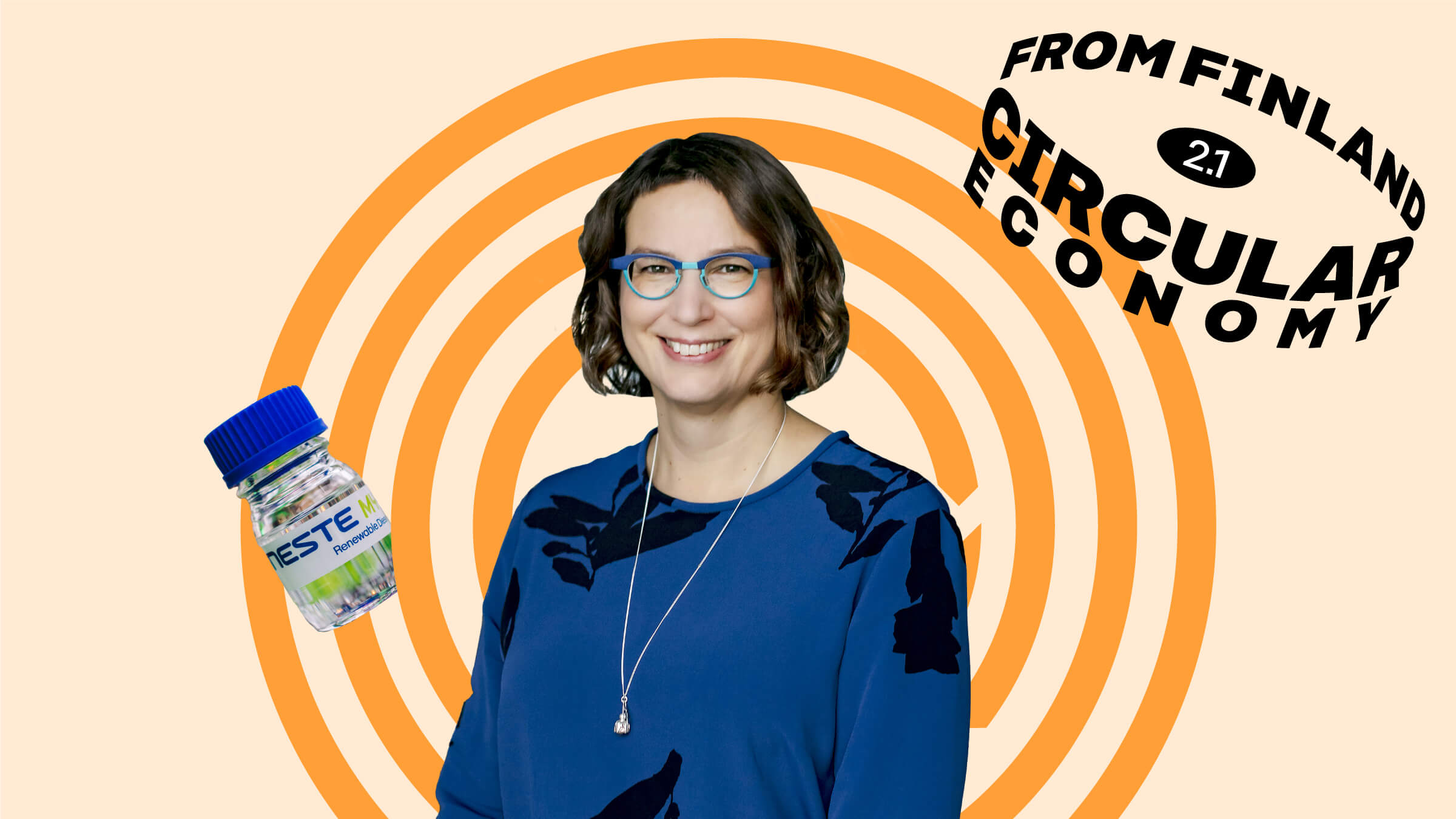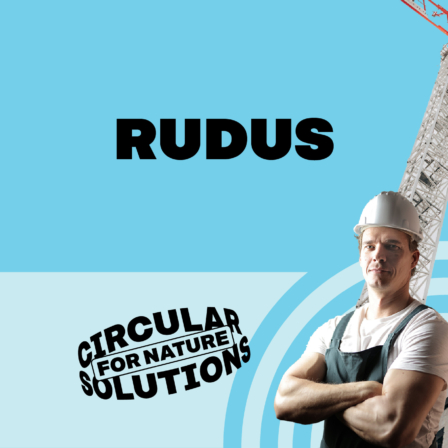“At Neste, we have been producing renewable fuel for road and air transport for a long time. Today, we are also using the same technology to make raw material for plastics. Our renewable products helped reduce CO2 emissions by 10 million tonnes last year, corresponding to the average annual carbon footprint of around 1.5 million EU citizens. Our aim is to achieve an annual reduction in greenhouse gas emissions of 20 million tonnes by 2030.
We produce fuel and plastic raw materials mainly from liquefied waste and residue streams, such as animal fats, vegetable oils and used cooking oils. We are constantly carrying out research into a variety of renewable or recycled raw materials for use in the production of renewable plastic raw materials. In the future, landfill waste or algae, for example, could be used in the production of raw materials for renewable plastics.
In addition to this, we have already produced high-quality plastic raw material from waste plastic. Our goal is to process at least one million tonnes of waste plastic annually by 2030 and process it into a high-quality raw material that is also suitable for the production of plastics for the needs of the healthcare, food or toy manufacturing industries, for instance.
The waste and residue-derived fats and oils used by Neste are collected from various partners. A good example of producing renewable fuel is our experiment with the City of Oakland in California. We collected frying fats from the city’s cafeterias and canteens and delivered them back to the city as fuel to be used in the city’s vehicles, including street sweepers and garbage trucks.
I have worked at Neste for two years, but I have 20 years of experience working in sustainability. Here I was inspired by Neste’s long-term thinking and pioneering spirit – we are making huge investments in innovation. About a quarter of our staff work in innovation, research and development.
When I used to study energy technology and environmental protection, people often asked me what these two things have in common. Well, no one is asking about that anymore. Setting climate targets has become part of the day-to-day operations of governments, cities and organisations, and the targets are more ambitious than before and their achievement is also monitored. For example, at our company, we reward management for how well we do at achieving Neste’s climate targets.
I hope that we at Neste will be at the forefront of solving how companies can move from the excessive use of natural resources to a way that renews natural resources. In the future, companies could simultaneously do good, reduce emissions, prevent biodiversity loss and guarantee fair working conditions.”

















We recommend
One more